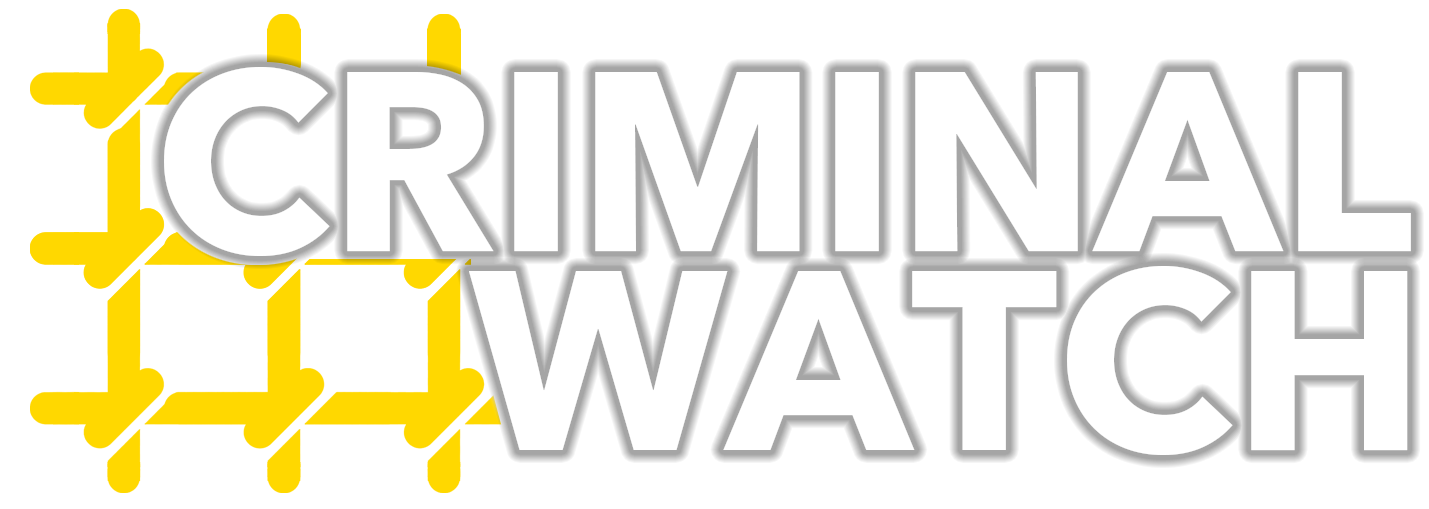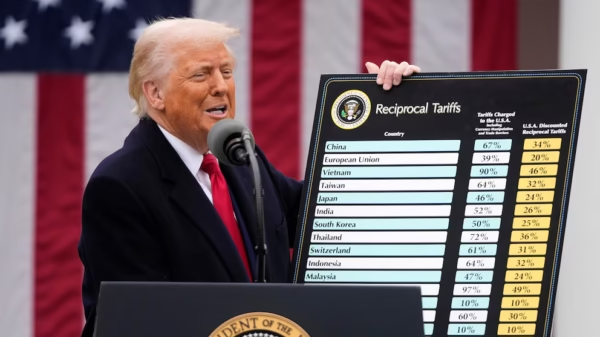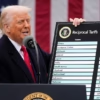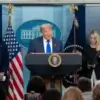With the current federal shutdown entering its third week and no deal yet in sight, lawmakers and the White House signal that an end may come this week — but major obstacles remain.
The U.S. federal government shutdown — which began at 12:01 a.m. EDT on October 1, 2025, following the failure of Congress to pass appropriations legislation for fiscal year 2026 — shows no clear resolution yet. According to the White House’s economic adviser, the shutdown is “likely to end sometime this week.”

The shutdown began after Congress failed to pass funding legislation for the new fiscal year. As a result, hundreds of thousands of federal employees remain furloughed, and many government services are operating at limited capacity.
Possible Scenarios for Ending the Shutdown
Political analysts say the shutdown could end once lawmakers agree on a short-term funding bill, known as a continuing resolution, to keep the government running while broader budget talks continue. However, deep disagreements between the White House and Congress over spending priorities and policy riders have slowed progress.

A growing number of moderates in both parties are urging leaders to compromise, warning that prolonged paralysis will harm the economy and public trust in institutions. Some insiders expect that a deal could emerge within the next few days if pressure from federal workers and voters continues to mount.
Impact on Federal Workers and Services
The shutdown has forced hundreds of thousands of federal employees to work without pay or stay home. National parks, museums, and some passport offices remain closed or partially staffed. Economic data releases and administrative services have been delayed, while back pay for furloughed employees will only be processed once the government reopens.
Essential services such as Social Security, Medicare, and air traffic control continue to function, but many research programs, infrastructure projects, and regulatory agencies are temporarily frozen.
Political Stakes Remain High
For both major parties, the shutdown has become a political test. The White House argues that Congress must approve a clean funding bill without adding unrelated demands. Meanwhile, opposition lawmakers insist that any deal should include safeguards for healthcare and social programs.
With each passing day, public frustration is rising. Economic experts warn that if the shutdown extends beyond a month, it could begin to affect consumer confidence and national growth.
When Could It End?
There is cautious optimism that an agreement could be reached soon, but no fixed timeline exists. The shutdown will officially end only when both chambers of Congress pass a funding bill and the President signs it into law.
Until then, Washington remains in a political stalemate, federal workers wait anxiously for relief, and Americans nationwide continue to ask the same question: When will the government shutdown finally end?




































